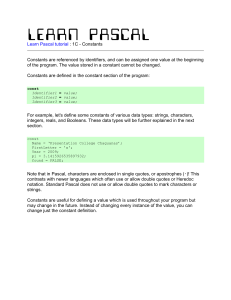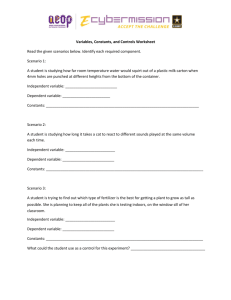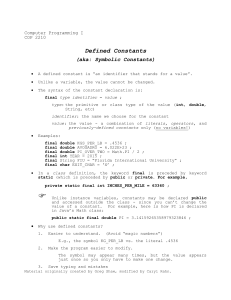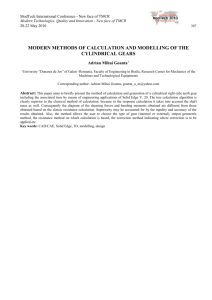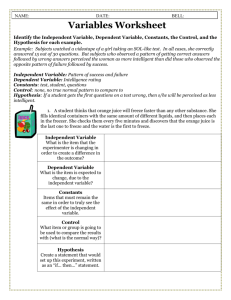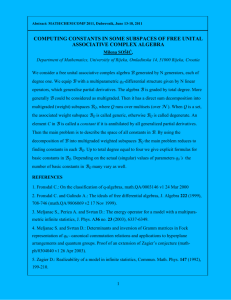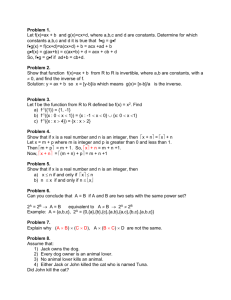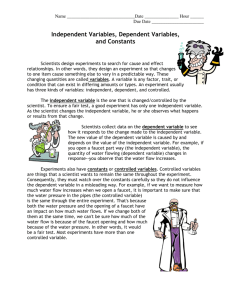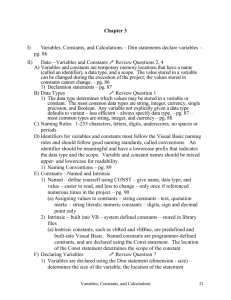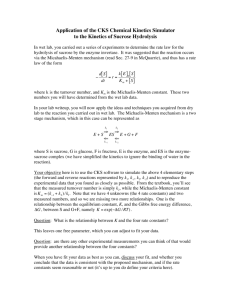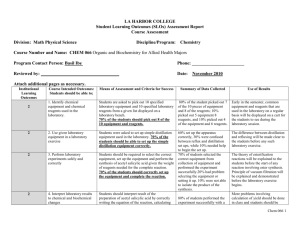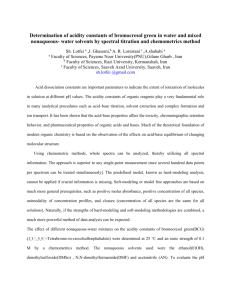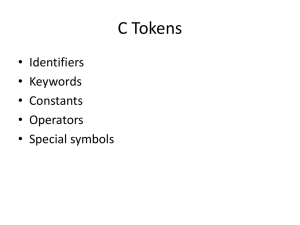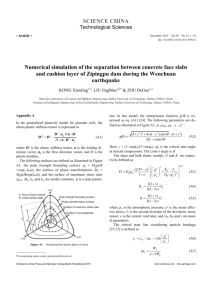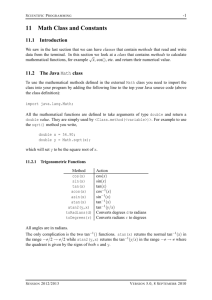to calculation of speeds constants of bimoleculare reactions in the
advertisement
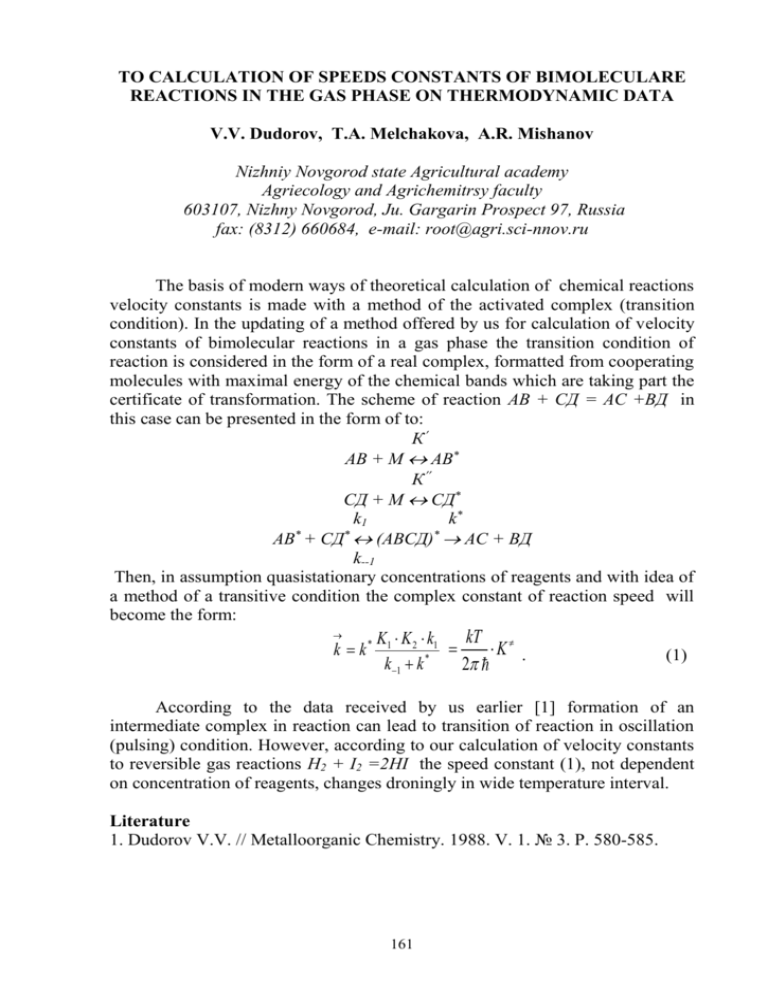
TO CALCULATION OF SPEEDS CONSTANTS OF BIMOLECULARE REACTIONS IN THE GAS PHASE ON THERMODYNAMIC DATA V.V. Dudorov, T.A. Melchakova, A.R. Mishanov Nizhniy Novgorod state Agricultural academy Agriecology and Agrichemitrsy faculty 603107, Nizhny Novgorod, Ju. Gargarin Prospect 97, Russia fax: (8312) 660684, e-mail: root@agri.sci-nnov.ru The basis of modern ways of theoretical calculation of chemical reactions velocity constants is made with a method of the activated complex (transition condition). In the updating of a method offered by us for calculation of velocity constants of bimolecular reactions in a gas phase the transition condition of reaction is considered in the form of a real complex, formatted from cooperating molecules with maximal energy of the chemical bands which are taking part the certificate of transformation. The scheme of reaction АВ + СД = AC +ВД in this case can be presented in the form of to: К АВ + М АВ* К СД + М СД* k1 k* АВ* + СД* (АВСД)* АС + ВД k--1 Then, in assumption quasistationary concentrations of reagents and with idea of a method of a transitive condition the complex constant of reaction speed will become the form: k k* K1 K 2 k1 kT K . k1 k * 2 (1) According to the data received by us earlier [1] formation of an intermediate complex in reaction can lead to transition of reaction in oscillation (pulsing) condition. However, according to our calculation of velocity constants to reversible gas reactions H2 + I2 =2HI the speed constant (1), not dependent on concentration of reagents, changes droningly in wide temperature interval. Literature 1. Dudorov V.V. // Metalloorganic Chemistry. 1988. V. 1. № 3. P. 580-585. 161




